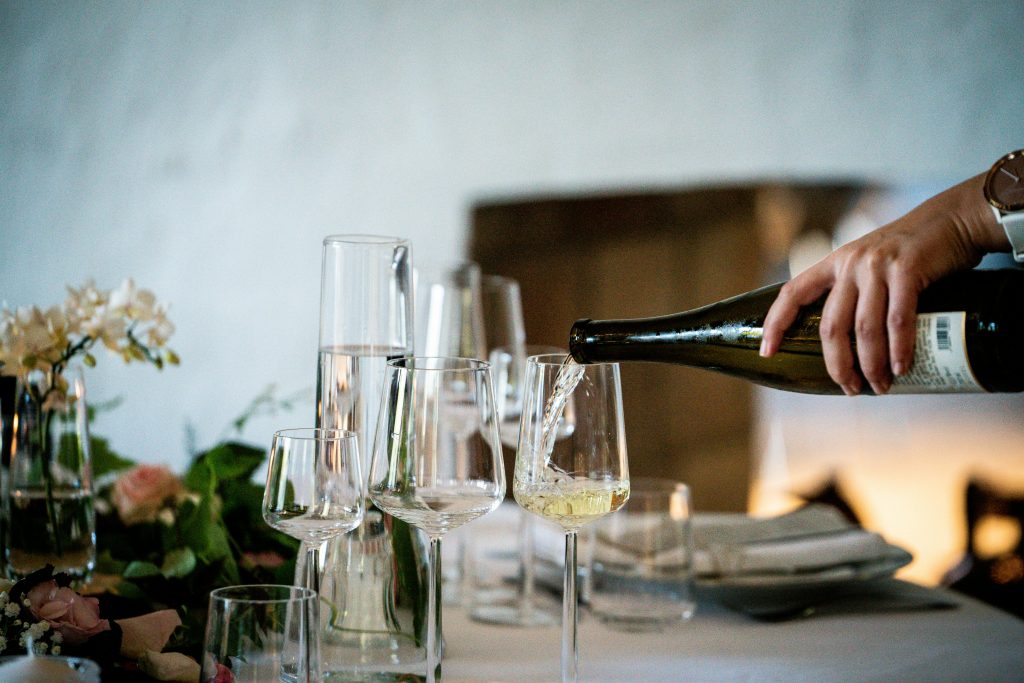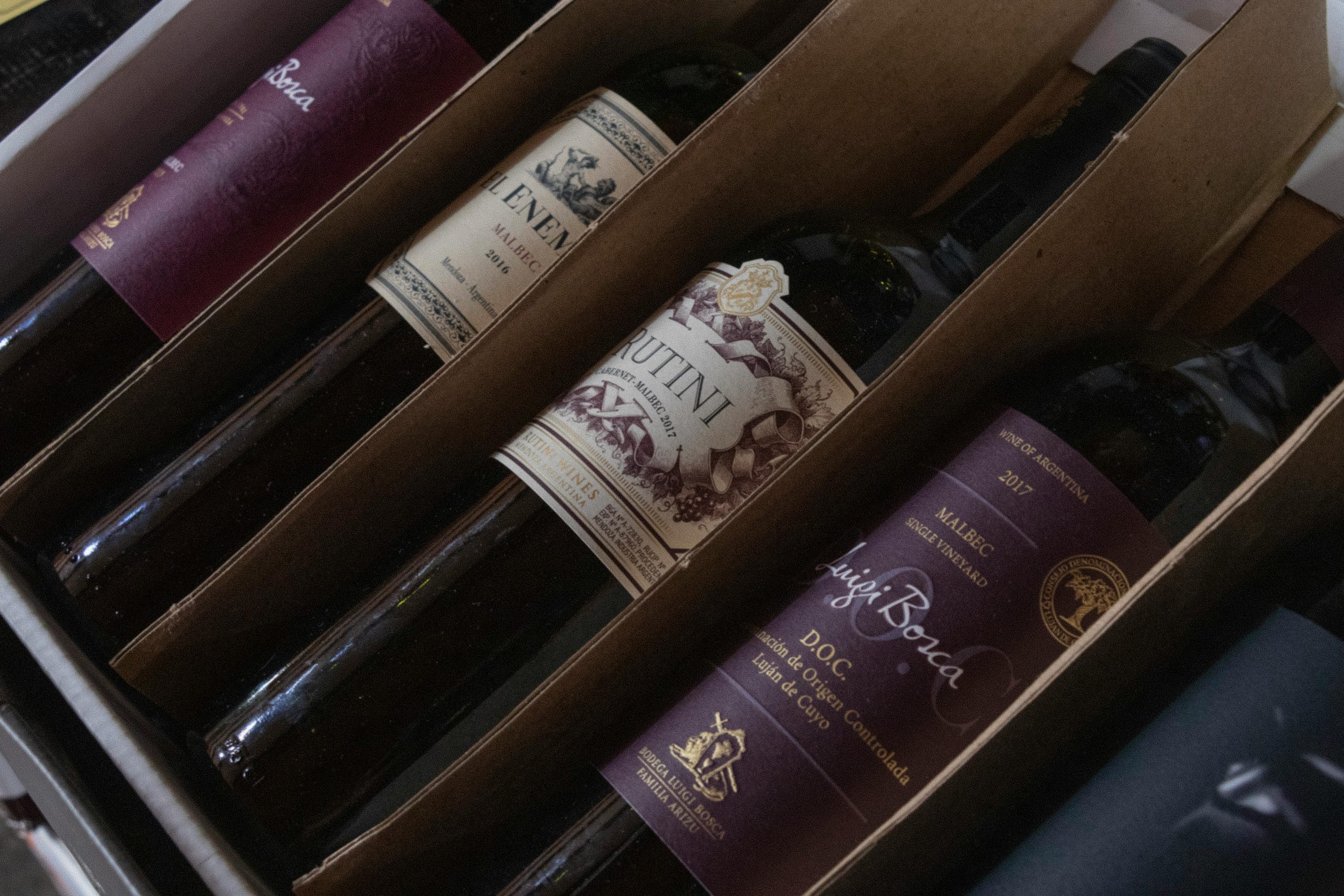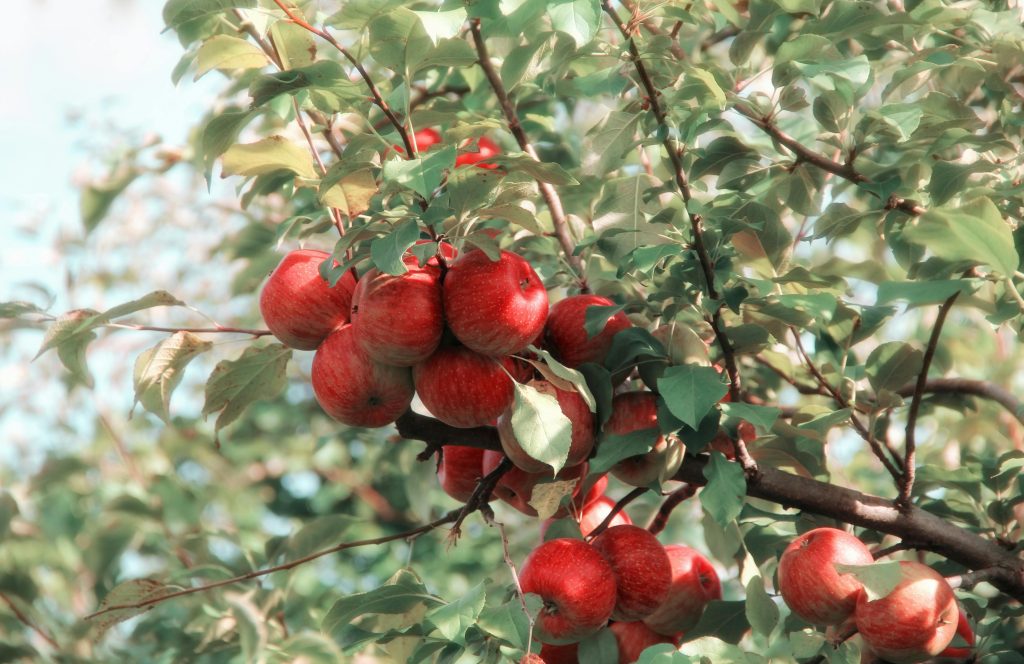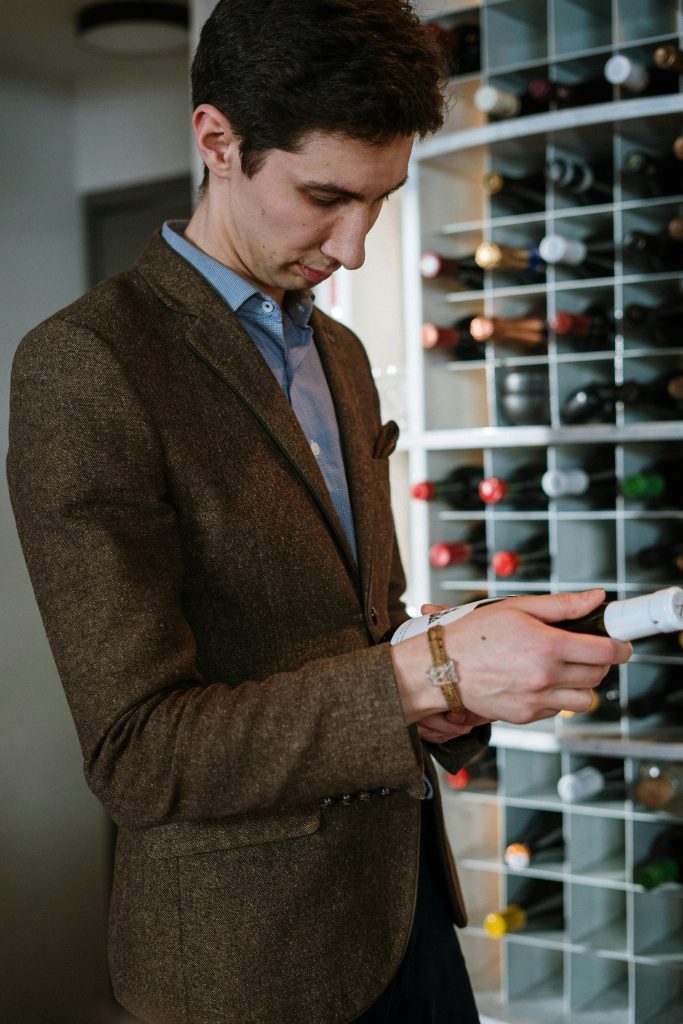Modern Winemaking Meets Tradition: Techniques from the Old and New World

The world of winemaking is a curious blend of old-world heritage and modern innovation. For centuries, winemakers relied on traditional methods passed down through generations. But with advancing science and technology, winemaking has evolved, bringing new techniques to the craft. Today, winemakers are mixing ancient practices with modern methods to bring out the best in every grape.
In this exploration, we’ll look into some traditional and contemporary techniques—from Pigeage and Foudre aging to Chaptalization and Micro-oxygenation. Whether you’re a casual sipper or a devoted oenophile, this journey will reveal the fascinating ways winemakers shape the wines we love.
1. Pigeage: The Art of Punching Down
In traditional French winemaking, Pigeage is a cornerstone. It’s a process where the winemaker manually punches down the grape skins, stems, and seeds—also known as the “cap”—to mix it back into the fermenting juice. By doing so, they extract color, flavor, and tannins, giving red wines their depth and structure. This technique originated in Burgundy and remains popular in many wineries worldwide.
Imagine this: a winemaker standing over a vat, methodically pressing the skins back into the juice. It’s hands-on, labor-intensive, and has a direct impact on the wine’s final profile. Even as modern tools like automated plungers become more common, many winemakers still prefer the human touch of Pigeage. To them, it’s not just a step in the process but an art form.

2. Vin de Pays: French Regional Charm
When it comes to wine classification, France has its own language. Vin de Pays is a term that defines regional wines in France, one step below the more regulated AOC (Appellation d’Origine Contrôlée) wines. While AOC wines adhere to strict guidelines on grape variety, yield, and winemaking methods, Vin de Pays wines enjoy more freedom. This classification allows winemakers to experiment while maintaining a connection to their region.
These wines are often high quality but come with a relaxed vibe. Think of Vin de Pays as a bridge between tradition and freedom, allowing French winemakers to be creative without losing their roots.
3. Chaptalization: Sweetening Up Winemaking in Cold Climates
Chaptalization might sound complex, but it’s straightforward: adding sugar to grape juice before fermentation to increase alcohol content. This method originated in cooler wine regions where grapes struggle to fully ripen. The added sugar gives yeast more fuel, leading to a slightly higher alcohol level in the final wine.
Named after Jean-Antoine Chaptal, the French scientist who popularized it, Chaptalization is common in areas like Burgundy and Champagne. Although controversial—some believe it compromises the wine’s natural expression—it remains a useful tool. With modern climate changes affecting vineyards worldwide, Chaptalization continues to serve a purpose, even as other alternatives emerge.
4. Micro-oxygenation: Crafting Smoother Reds
Micro-oxygenation, or “micro-ox” for short, is a relatively modern technique developed in the 1990s in Bordeaux. This process slowly introduces tiny amounts of oxygen into the wine, which softens tannins and helps stabilize color. For big reds, like Cabernet Sauvignon or Syrah, Micro-oxygenation adds a silky texture and reduces the harshness of tannins.
The result? A smoother, rounder wine that’s ready to drink sooner than if left to age naturally. This technique became popular in New World regions, like California and Australia, where winemakers value drinkability. But Micro-oxygenation isn’t just about speed; it’s about finding balance, bringing out the best in each grape.
5. Foudre: A Barrel with History
While oak barrels are a staple in winemaking, the Foudre stands out as a timeless alternative. Foudres are massive wooden barrels, often 1,000 liters or more, used primarily in France and Italy. Unlike smaller barrels, Foudres impart a subtle oak influence, allowing the wine’s natural flavors to shine.
In France’s Rhône Valley, many winemakers swear by Foudres. These barrels encourage a slow aging process, enhancing the wine’s complexity over time without overwhelming it with wood flavors. Foudres are like the wise old sages of the cellar, adding depth and nuance to wine in a way that modern barrels sometimes can’t.

6. Tartrate Crystals: A Natural Byproduct of Quality
Ever noticed crystals at the bottom of your wine glass or bottle? These are Tartrate Crystals, a natural byproduct of wine made with minimal intervention. Tartrates, or “wine diamonds,” form when tartaric acid in wine crystallizes. Though harmless, they sometimes surprise wine drinkers unfamiliar with them.
In traditional winemaking, tartrates were a mark of authenticity, a sign that the wine hadn’t been heavily filtered. Today, winemakers can use cold stabilization to prevent tartrate formation, but many choose to embrace them as a natural part of the winemaking process. Seeing Tartrate Crystals in a bottle signals an unaltered wine, true to its roots.
7. PIWI: The Future of Sustainable Winemaking
PIWI might sound futuristic, but it represents one of the most promising developments in sustainable winemaking. Short for “pilzwiderstandsfähig” (German for “fungus-resistant”), PIWI grapes are hybrids bred to resist fungal diseases. As climate change brings more challenges to vineyards, PIWI varieties offer a solution.
These grapes, such as Solaris and Regent, require fewer chemical treatments, making them ideal for organic and biodynamic vineyards. PIWI vines are especially popular in Europe, where winemakers face strict regulations on pesticide use. For eco-conscious wine lovers, PIWI wines embody the potential for a greener future in viticulture.
8. Tradition and Innovation in Harmony
In winemaking, tradition and innovation don’t compete; they collaborate. Each technique, whether centuries-old or newly developed, plays a role in shaping the wine. Winemakers now have more options than ever to create wines that express both their land and their vision.
Imagine a French winemaker, rooted in generations of knowledge, experimenting with Micro-oxygenation to soften a robust vintage. Or a biodynamic vineyard in Germany cultivating PIWI grapes to meet the demands of a changing climate. The possibilities are endless, and the wines, enriched by both tradition and technology, invite us to explore.
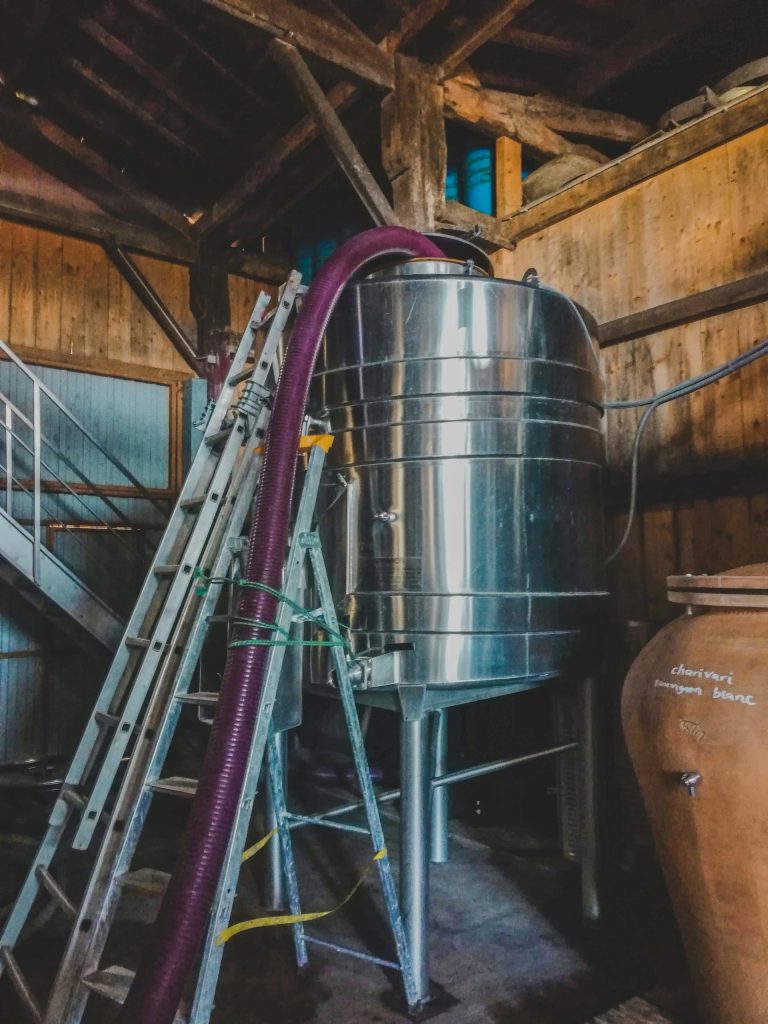
Conclusion: Modern Winemaking Meets Tradition
So, next time you pour a glass, remember the journey that wine has taken. From Pigeage to Foudres, from Chaptalization to Tartrate Crystals, every sip is a tribute to the old, the new, and the beautiful harmony between them. Cheers to the makers, the innovators, and the traditions that make wine what it is today.



















